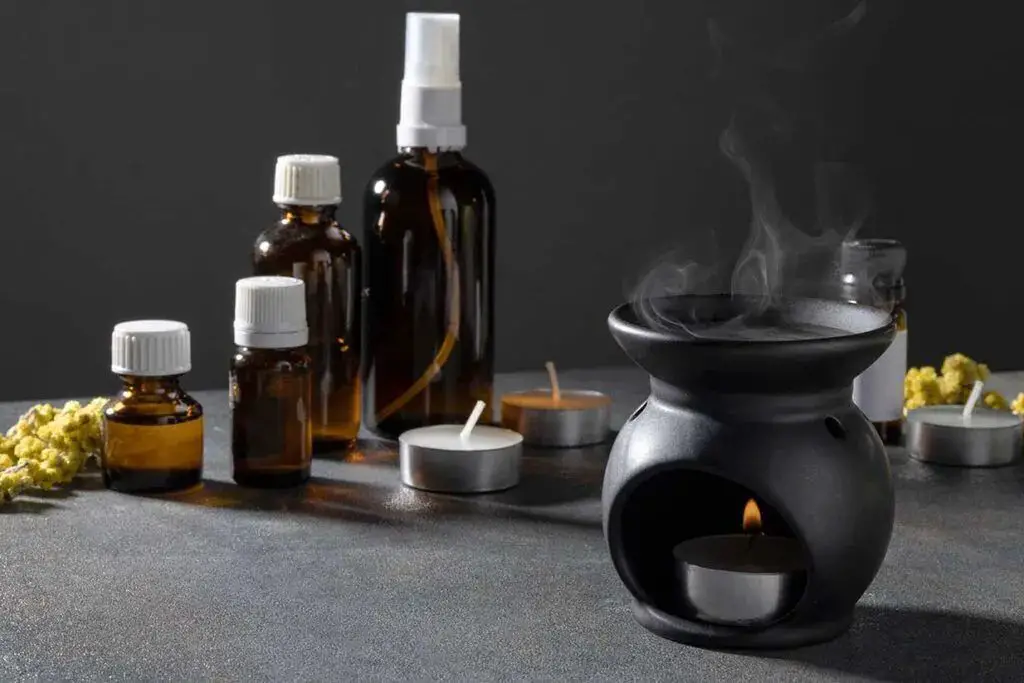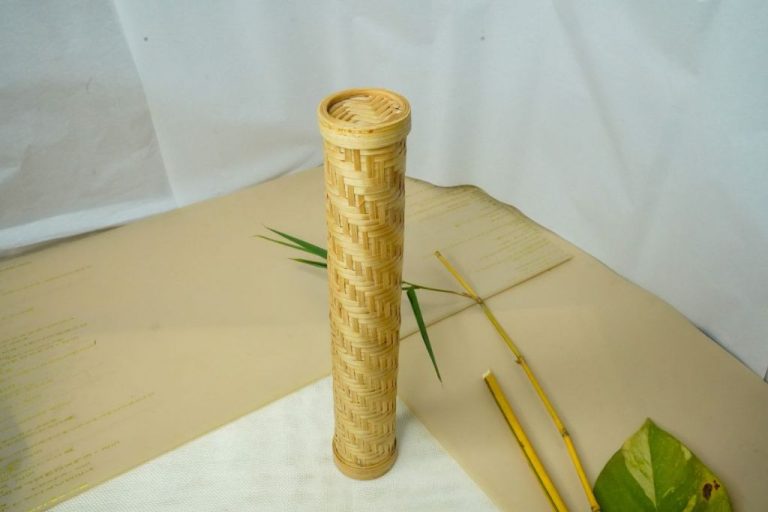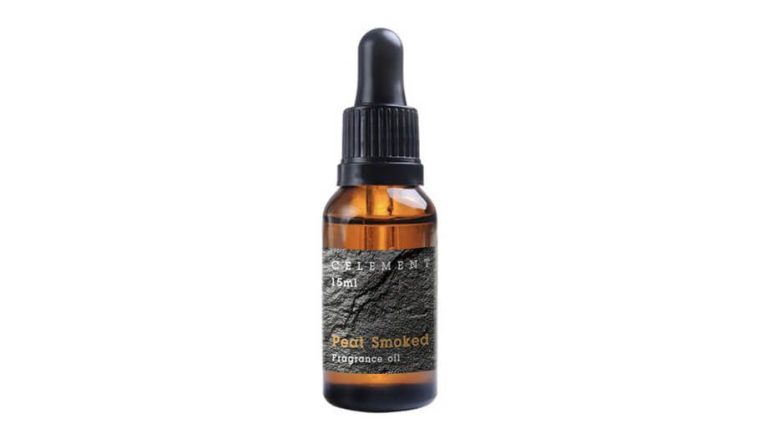Can You Use Essential Oils In Candles?
Essential oils are concentrated extracts derived from plants like lavender, eucalyptus, and tea tree. They contain the natural aromatic compounds of the plant and are valued for their therapeutic benefits. Essential oils are commonly used in aromatherapy, skin care, and household cleaning products.
In recent years, there has been a growing popularity of candles that incorporate essential oils. Essential oil candles provide aroma therapeutic benefits while setting a relaxing or invigorating mood with their scents. Many claim that inhaling the aroma of certain essential oils from a candle can provide calming or energizing effects.
While essential oil candles can provide wonderful benefits, its important to use essential oils properly and safely in candle making. When burned, some essential oils can produce harmful compounds or create an unpleasant smell. This article will explore considerations around properly using essential oils in candle making.
Benefits of Essential Oil Candles
Essential oil candles provide many benefits compared to regular scented candles, especially when it comes to aromatherapy. The essential oils from candles or diffusers can help calm the mind and create a soothing environment.[1] They are a natural alternative to synthetic fragrances, providing a more pure source of fragrance. Essential oils are extracted and distilled from plants, allowing you to experience familiar scents like lavender, eucalyptus, citrus fruits, herbs, and more. With so many plant sources, there is a wide variety of essential oil scents to explore.
[1] https://www.harlemcandlecompany.com/blogs/journal/benefits-of-essential-oil-diffusers
Considerations When Using Oils in Candles

There are a few important factors to consider when using essential oils in candle making to ensure proper burning and scent throw.
Choosing the right essential oils is key. Some oils are too volatile or contain chemicals that can create soot or affect burn time, like citrus and spice oils. It’s best to use milder oils like lavender, chamomile, vanilla, rose, and sandalwood (1).
Blending essential oils with other candle waxes like soy, beeswax, or paraffin can help anchor the scent and lead to an even burn. Using 100% essential oils is not recommended as it can clog wicks (2). A 10-15% essential oil blend is optimal.
Proper wick sizing is also important. The width of the wick must match the candle wax blend to avoid tunneling issues. Pre-tabbed and sizing test kits can ensure the right wick size.
Watching burn time is also advised when adding essential oils, as some may accelerate or slow down normal burn rates. Testing in small batches first is recommended.
(1) https://www.edensgarden.com/blogs/news/can-you-use-essential-oils-for-candle-making
(2) https://n-essentials.com.au/blog/tips-for-candlemaking-with-essential-oils/
Safety Precautions
When burning essential oil candles, it’s important to take proper safety precautions. Here are some tips:
Ensure proper ventilation by burning candles in a well-ventilated room. Avoid burning multiple candles in small, enclosed spaces according to Archipelago Botanicals.
Keep candles out of reach of children and pets. Never leave a burning candle unattended. Extinguish candles when leaving a room or before going to sleep.
Trim wicks to 1⁄4 inch before lighting to avoid excessive smoking and uneven burning. Long or crooked wicks can cause uneven melting, tunneling, and dripping according to Lemon Canary.
Follow all manufacturer guidelines and WARNING labels when burning candles. Be sure to burn candles in appropriate holders on flat, stable, heat-resistant surfaces.
Recommended Oils and Blends
When selecting essential oils for candles, some of the most recommended single oil choices include lavender, peppermint, eucalyptus, lemon, and tea tree (CandleScience). These oils are popular for their soothing aromas and versatile scent profiles that pair nicely with many blends.
Some of the most popular pre-made essential oil blends for candles include blends like “Stress Relief,” “Breathe,” and “Focus” (BrambleBerry). These blends combine complimentary scents that evoke particular moods or benefits.
For seasonal or holiday candles, suggested essential oil blends include combinations like pine, clove, and cinnamon for winter; citrus and floral for spring; herbs for summer; and spiced apple and pumpkin for fall. Blends featuring pine, vanilla, peppermint, or balsam are also popular for holiday candles.
Adding Essential Oils to Existing Candles
You can add essential oils to existing candles to provide aroma, but it’s important to do so safely. Certain precautions should be taken:
First, make sure the wax you are using can hold essential oils. Paraffin wax works best for holding fragrance. Soy wax does not hold scent as well. If using soy, beeswax, or other natural wax, use fragrance oils instead of essential oils for best results.
Only add oils to candles that have been fully cooled and solidified. Hot wax can cause essential oils to evaporate quickly or become flammable. Let the candle cool completely before adding any oils.
Use toothpicks to add a small amount of oil to the top of the candle. Start with 1-2 drops per ounce of wax. You can always add more, but it’s hard to remove oil once added.
Do not add essential oils near the wick, as this can clog the wick and prevent proper burning. Keep oils to the outer edges of the candle.
Stir the wax to evenly distribute the oil after adding. This will help with an even scent throw.
Always do a test burn after adding essential oils, trimming the wick if needed for the safest burn.
Candle Wax Options
When making candles with essential oils, the type of wax you use makes a big difference. Some of the most common options include:
Soy Wax – Soy wax is a popular choice as it holds scent very well. It has a low melting point so soy candles burn cleanly and have little soot. Soy wax also blends well with essential oils. Some drawbacks are that it can be prone to frosting and needs a larger fragrance load compared to paraffin wax. Sources: https://suffolkcandles.co.uk/blogs/candles/best-candle-wax-for-essential-oils
Beeswax – Beeswax is natural, non-toxic, and burns cleanly. It has a honey-like scent that pairs nicely with floral essential oils like lavender. The drawbacks are beeswax is expensive and can be prone to frosting. It also has a low fragrance throw so more essential oil is needed.
Paraffin Wax – Paraffin wax holds scent well and is inexpensive. The cons are that paraffin wax is made from petroleum so it is not an eco-friendly option. Paraffin wax also burns hotter than soy which can lead to more soot. But for cost reasons, many candle makers still use paraffin, especially for candles with mostly fragrance oil rather than essential oils.
Coconut Oil – Coconut oil can be used by itself or blended with other waxes. It helps bind essential oils to the wax. But too much coconut oil can make candles prone to sweating in warmer temperatures.
Palm Wax – Palm wax comes from palm plants so it is a sustainable, vegan alternative. It burns slowly and cleanly. The drawback is palm wax does not hold scents as strongly as other waxes. Frequent testing is needed to balance the essential oil amount.
Wick Options
When making candles with essential oils, the type of wick you use is important. There are a few main options to consider:
Cotton wicks are the most common. They’re affordable and readily available. The thickness of the cotton determines how large the flame will be. Thicker wicks allow the wax to melt more quickly. For essential oil candles, a medium thickness is usually best.
Wooden wicks create a crackling sound as the candle burns. The wood grain acts as a wick and allows more airflow. This makes them ideal for essential oil candles since they release more fragrance. Popular wood wick sizes are CD, ECO, and Votive.
Paper wicks are braided flat wicks that curl as they burn. This exposes more wick surface to the wax pool and gives off more scent. However, the curled shape can create excess soot. So they may not be the best option for essential oil candles.
No matter what wick you choose, it’s important to test it first to ensure proper melt pool size and that the essential oils aren’t burning off too quickly. The thickness should complement the type of wax and vessel used.
Making Your Own Essential Oil Candles
Making your own essential oil candles at home is easy and rewarding. Here are step-by-step instructions on how to make your own candles using essential oils:
Equipment you will need:
- Candle wax – soy, beeswax, or other natural wax
- Essential oils
- Candle wicks
- Candle jars, tins, or other containers
- Double boiler or makeshift double boiler
- Spoon
- Pencil or chopstick
- Thermometer
Instructions:
- Set up your double boiler on the stove top. Fill the bottom pan with a few inches of water and place the top pan on top. The top pan is where you will melt the wax.
- Add wax to the top pan and melt it completely on low heat. Remove from heat once melted.
- Add your essential oils to the melted wax. A good starting point is 1-2 teaspoons of essential oil per pound of wax. Stir well to fully incorporate.
- Carefully pour the wax into containers, leaving room at the top for the wick. Place wicks in the center by holding them straight with a pencil.
- Allow candles to fully set and cure for at least 24 hours before burning.
Troubleshooting Tips:
- If your wick isn’t staying straight, use a chopstick or pencil to hold it in place until the wax sets.
- Avoid bubbles by pouring wax slowly and evenly into the container.
- Trim wicks to 1/4 inch before lighting to prevent big flames.
- Test different wax to oil ratios to find your ideal candle scent throw.
Conclusion
In summary, using essential oils in candles can provide many benefits like aromatherapy and natural fragrance. However, there are important safety considerations. Be sure to use the right oils, waxes, and wicks to prevent issues like soot. Test your blends in small batches first. Never leave a burning candle unattended, keep wicks trimmed, allow for proper airflow, and read all safety instructions. When used with care, essential oil candles can be an enjoyable way to fill your space with beautiful scents. Just be sure to prioritize safety through proper usage and precautions.





